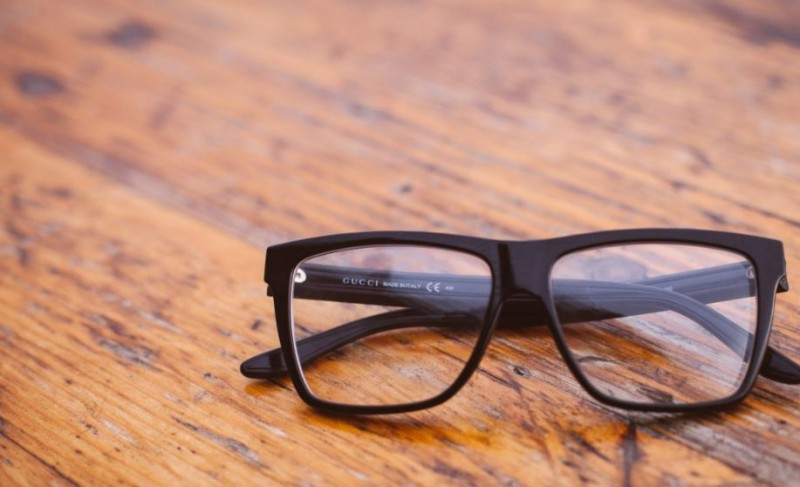
If you've ever worn glasses or know someone who does, you might think you know all there is to know about these vision-correcting wonders. However, the world of eyeglasses is full of fascinating facts that might just surprise you. In this article, we'll explore some eye-opening insights into glasses, from their history to the latest innovations.
Believe it or not, the concept of glasses dates back to ancient times. The earliest recorded use of corrective lenses can be traced back to ancient Rome, where glass was used to magnify text.
The polymath Benjamin Franklin is credited with inventing bifocal lenses in the 18th century. Bifocals combine two prescriptions in one lens, making it easier for individuals with both nearsightedness and farsightedness to see clearly.
Before the advent of modern soft contact lenses, the first contact lenses were made of glass and covered the entire eye. They were far less comfortable than today's versions.
Many eyeglasses today come with built-in UV protection, shielding your eyes from harmful ultraviolet rays. This feature is crucial for maintaining eye health.
Gone are the days when eyeglass frames were only made of metal or plastic. Today, you can find frames made from materials like wood, titanium, and even recycled materials.
Eyeglasses have evolved from being purely functional to fashionable accessories. Many people without vision problems wear non-prescription "fashion glasses" to enhance their look.
The rise of digital screens has led to a new type of eyewear - blue light glasses. They're designed to reduce eye strain caused by prolonged screen time and filter out potentially harmful blue light.
Nearsightedness, or myopia, is becoming increasingly common worldwide, especially among younger generations. Researchers believe excessive screen time and less outdoor activity may be contributing factors.
Progressive lenses offer a seamless transition between near, intermediate, and distance vision, making them an excellent choice for those with presbyopia.
Photochromic lenses automatically adjust their darkness in response to UV light. This technology allows glasses to double as sunglasses when exposed to sunlight.
Ever wondered how 3D glasses work? They use polarized lenses to create the illusion of depth and three-dimensionality in movies and entertainment.
Concerned about the environmental impact of eyeglasses? Some organizations collect old glasses for recycling and redistribution to those in need.
In the military, specialized glasses known as "combat eyewear" provide ballistic protection, ensuring the safety of soldiers in high-risk situations.
The future of eyewear includes smart glasses that can display information, take photos, and even provide augmented reality experiences.
Athletes often wear sports-specific glasses to enhance their performance. These glasses are designed to be durable and stay put during rigorous activities.
Ever heard of the Guinness World Record for the largest pair of glasses? It stands at a whopping 30 feet wide!
Yes, even animals can benefit from glasses! Some veterinarians prescribe eyeglasses for pets with vision issues.
The price of eyeglasses can range from budget-friendly to high-end designer frames. The cost depends on factors like brand, materials, and features.
Advancements in technology, such as 3D printing, are changing the way eyeglasses are manufactured, making customization more accessible.
Donating your old glasses to organizations like Lions Clubs International can make a significant impact on someone's life by providing them with the gift of clear vision.
In conclusion, glasses are not just vision aids; they are a fascinating part of our history and a continually evolving field of technology and fashion. Whether you wear them or not, understanding these eye-opening facts about glasses can deepen your appreciation for this essential accessory.
Puthuppally By-Election: Chandy Oommen Maintains Solid Lead
Consumer Durables Stocks: Ready for a Comeback
Bunty Aur Babli's Wardrobe: The Heartbeat of Bollywood Fashion